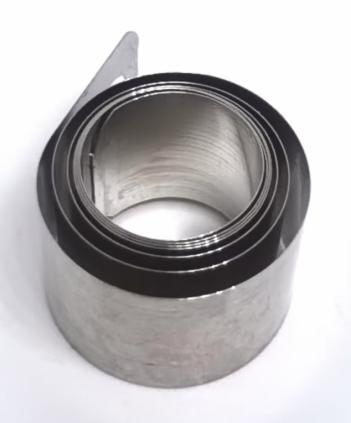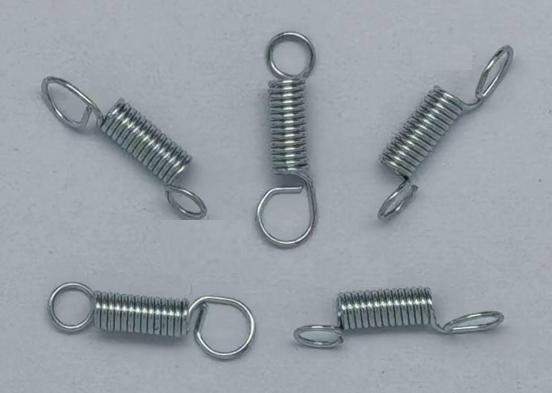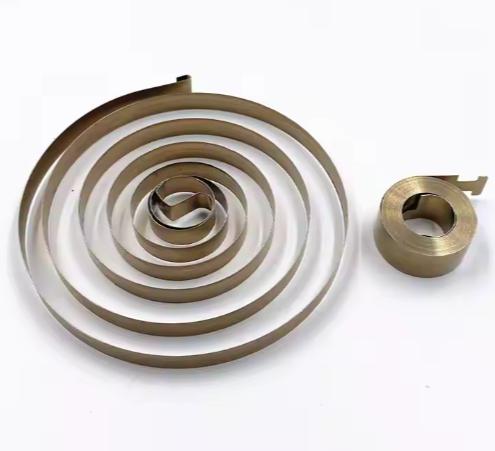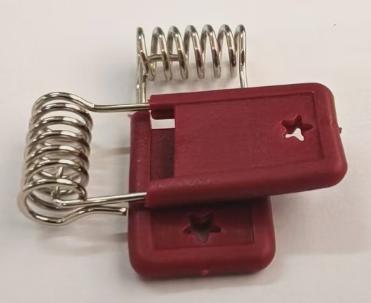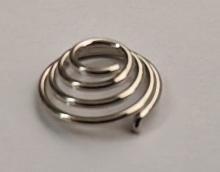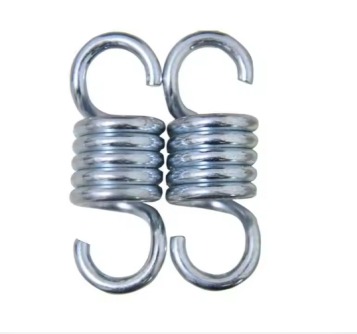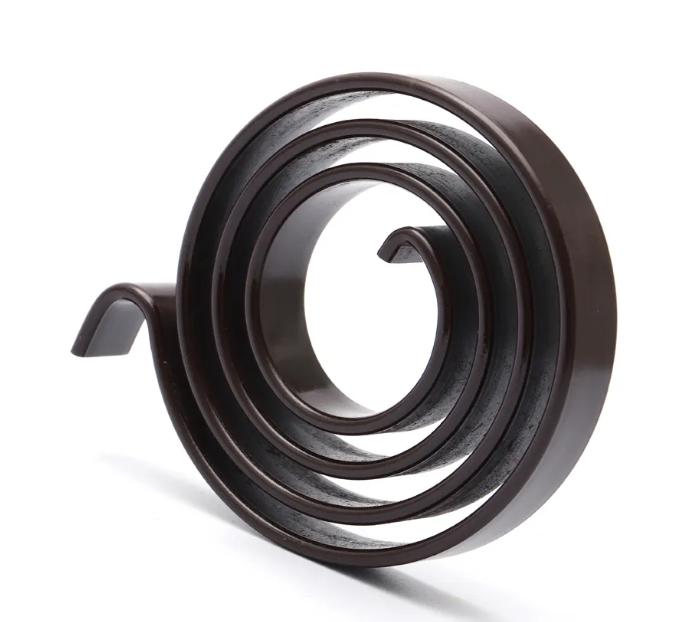Garage Door Torsion Spring Life: Everything You Need to Know
Garage door torsion springs are an essential part of the garage door system. They are responsible for lifting and lowering the door smoothly and safely. Torsion springs are under a lot of tension, so it is important to inspect them regularly for signs of wear and tear. In this article, we will delve into the world of garage door torsion springs, exploring their life cycle, factors that influence their longevity, signs of a failing spring, and essential tips for extending their lifespan.
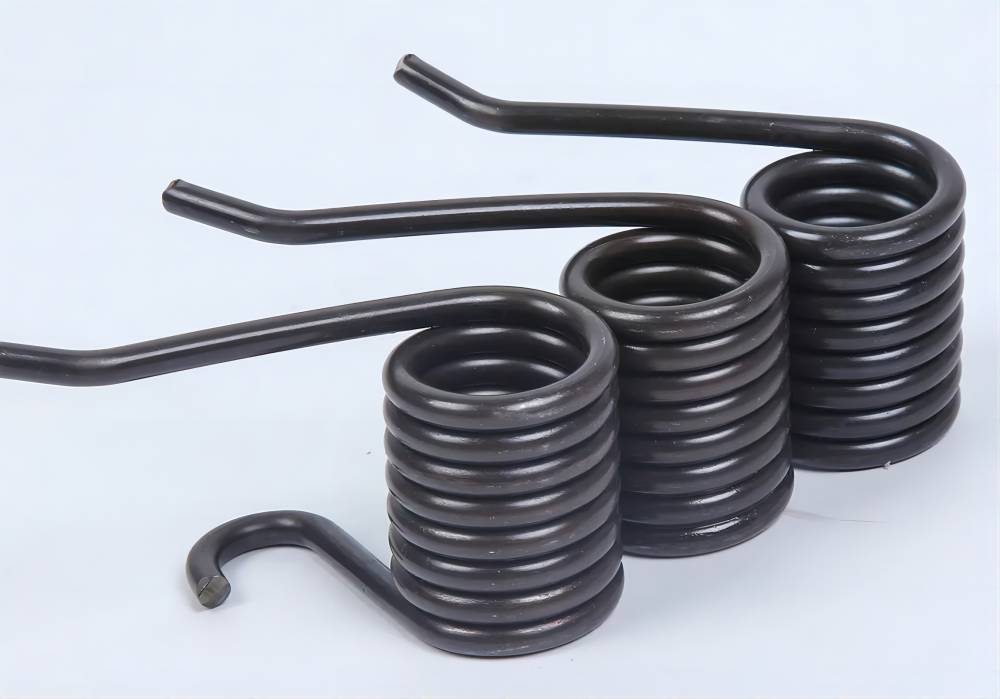
What is a Garage Door Torsion Spring?
Before we dive into the intricacies of torsion spring life, let’s start with the basics. A garage door torsion spring is a tightly wound coil of metal, usually made of steel, that is installed above the garage door. Its primary purpose is to counterbalance the weight of the door, making it easier to open and close. These springs store and release energy as the door moves, which helps reduce the effort required to lift or lower the door.
What is the Cycle Life of a Garage Door Torsion Spring?
The cycle life of a garage door torsion spring is the number of times the spring can be opened and closed before it fails. The average cycle life of a garage door torsion spring is 10,000 cycles. However, the actual lifespan of a torsion spring can vary depending on a number of factors, such as the weight of the garage door, the number of times the door is used per day, and the environmental conditions.
Factors that Affect the Life of a Garage Door Torsion Spring
There are a number of factors that can affect the lifespan of a garage door torsion spring, including:
- Weight of the garage door: The weight of your garage door is a primary determinant of spring life. Heavier doors require more force to open and close, which places greater stress on the torsion spring. Therefore, if you have a heavier door, you may need a higher-cycle spring.
- Number of times the door is used per day: The frequency of use significantly impacts the life of the spring. If your garage door sees heavy use, such as multiple openings and closings each day, it will reach its cycle limit more quickly than a door used less frequently.
- Environmental conditions: Extreme temperatures, whether scorching heat or freezing cold, can affect the performance and lifespan of torsion springs. Extreme conditions can cause the spring to expand and contract more rapidly, leading to premature wear and tear.
Signs of a Failing for a Garage Door Torsion Spring
Understanding the signs of a failing torsion spring is crucial for preventing accidents and minimizing inconvenience. Here are some common indicators that your garage door torsion spring may be nearing the end of its life:
1. The Garage Door is Difficult to Open or Close
If you notice that your garage door has become harder to operate, it could be a sign of a weakening torsion spring. The spring’s ability to counterbalance the door’s weight may be compromised.
2. The Door Moves Unevenly
A properly functioning garage door should move smoothly and evenly. If you observe jerky or uneven movement when opening or closing the door, it may be due to a torsion spring issue.
3. The Door Makes Strange Noises When Opening or Closing
Unusual sounds, such as grinding, popping, or squeaking, are often a telltale sign of torsion spring problems. These noises can indicate friction and stress on the spring.
4. The Door is Sagging
A sagging garage door is a clear sign that the torsion spring is struggling to support the door’s weight. This can lead to further damage and safety hazards.
5. There Are Cracks or Rust on the Torsion Spring
Inspect your torsion spring regularly for any visible damage. Cracks, rust, or any signs of wear and tear are red flags that the spring may be nearing the end of its life.
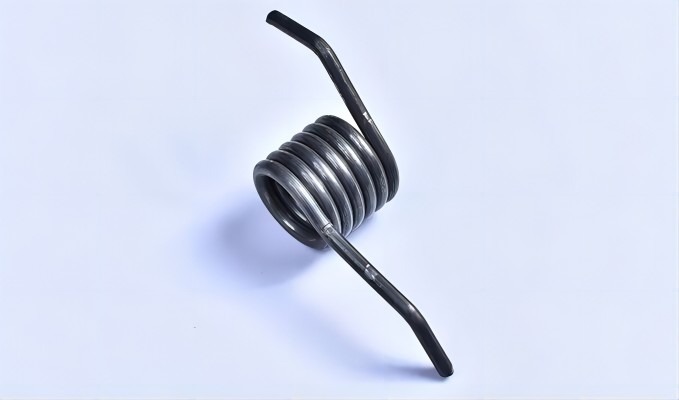
How to Extend the Life of Your Garage Door Torsion Spring
Preventive maintenance can significantly extend the life of your garage door torsion spring. Here are some essential tips to help you get the most out of your spring:
1. Lubricate the Torsion Spring Regularly
Applying a high-quality garage door lubricant to the torsion spring and other moving parts should be part of your routine maintenance. Proper lubrication reduces friction and wear on the spring, prolonging its life.
2. Inspect the Spring for Signs of Damage or Wear
Regular visual inspections can help you catch potential issues early. Look for cracks, rust, or any signs of wear and tear. If you notice any problems, address them promptly.
3. Have the Spring Professionally Serviced Every 5-7 Years
Even with regular maintenance, torsion springs have a finite lifespan. It’s a good practice to have your garage door system professionally inspected and serviced every 5-7 years to ensure safety and reliability.
Conclusion
Garage door torsion springs are essential components of garage doors and they play a vital role in the operation of the door. By understanding the factors that affect torsion spring life and taking steps to extend the life of your springs, you can help to ensure that your garage door operates safely and reliably for many years to come.

